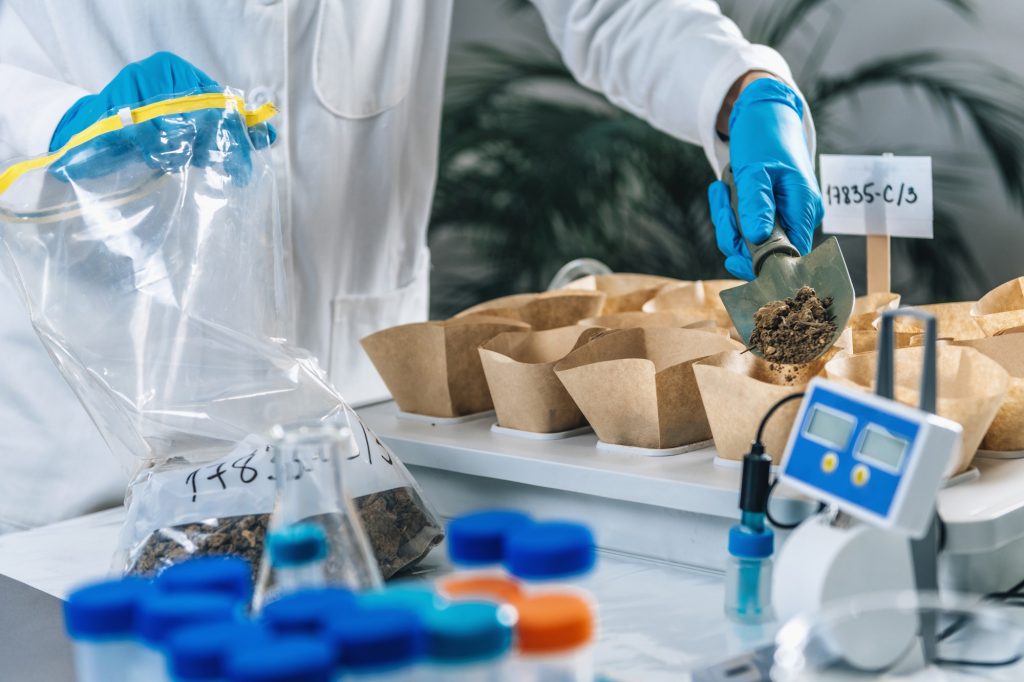Are you looking to create a healthy and thriving garden? One of the most important things you can do is to have your soil tested. Soil testing is the process of analyzing a sample of soil to determine its nutrient levels, pH balance, and other important factors that can affect the growth of your plants. In this article, we will explore the reasons why soil testing is essential for any garden, and how you can get started.

Why Soil Testing is Important
1. Soil pH
The pH level of your soil is one of the most important factors to consider when planting a garden. Different plants have different pH preferences, and if your soil is too acidic or too alkaline, it can cause problems for your plants. Soil testing can help you determine the pH of your soil so you can adjust it accordingly.
2. Nutrient Levels
Plants require various nutrients to grow properly, and the levels of these nutrients can vary widely from one soil type to another. A soil test can help you determine the nutrient levels in your soil, so you can add any necessary fertilizers or other supplements to ensure your plants have what they need to thrive.
3. Soil Texture
Soil texture refers to the size of the soil particles and how they are arranged. Soil with a high percentage of clay, for example, will hold water and nutrients differently than soil with a high percentage of sand. Knowing your soil texture can help you choose the right plants for your garden, as well as determine the best irrigation and fertilization methods.
4. Soil Contamination
Depending on where you live, your soil may be contaminated with heavy metals, pesticides, or other harmful substances. Soil testing can help you identify any contaminants in your soil, so you can take steps to remediate the problem and protect your health and the environment.
How to Test Your Soil
Now that you understand the importance of soil testing, let’s discuss how to get started.
1. Collect a Soil Sample
To test your soil, you’ll need to collect a sample from your garden. Use a garden trowel or soil probe to dig down 6-8 inches into the soil, and collect a sample from several different areas of your garden to get a representative sample.
2. Submit Your Sample
Once you’ve collected your soil sample, you’ll need to submit it to a soil testing lab for analysis. You can find soil testing labs online or through your local university extension office.
3. Interpret the Results
Once you receive your soil test results, you’ll need to interpret them to determine what adjustments you need to make to your soil. Your soil test report will include information on your soil’s pH, nutrient levels, and other factors that can affect plant growth. Use this information to determine what amendments or supplements you need to add to your soil to create the best growing conditions for your plants.
Conclusion
Soil testing is an essential step in creating a healthy and thriving garden. By testing your soil, you can determine its pH level, nutrient levels, soil texture, and any contaminants that may be present. Armed with this information, you can adjust your soil accordingly and choose the right plants for your garden to ensure a bountiful harvest.
